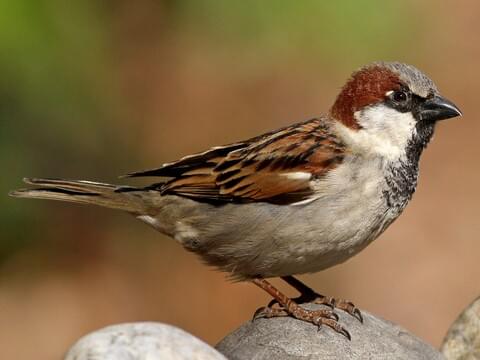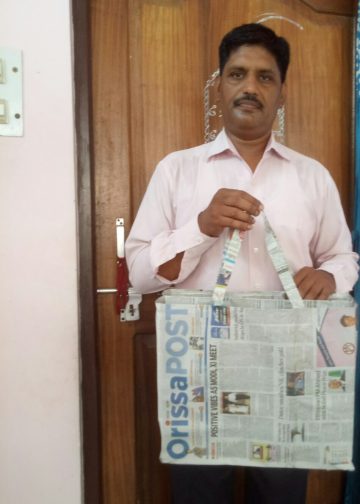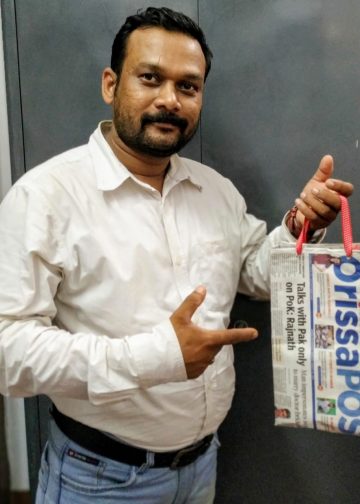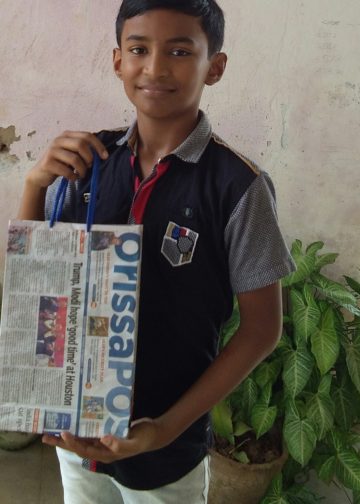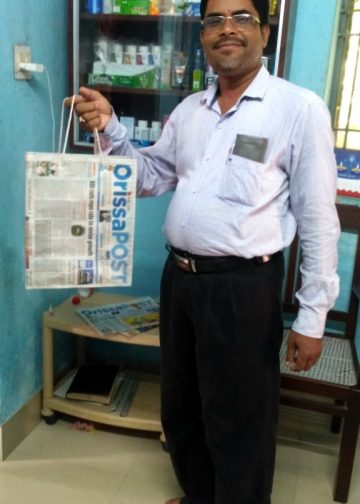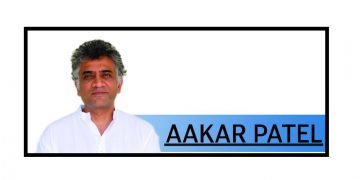Mahakalapada: Rapid urbanization, coupled with climate change, environmental imbalance, natural disasters and deforestation, has drastically altered the habitat of house sparrows in areas under Mahakalapada block in Kendrapara district.
Before the 1999 Super Cyclone, the thatched roofs and kutcha houses of villages provided safe nesting places for these birds. Sparrows would lay eggs and raise their young securely within these natural shelters. However, with the shift to pucca and concrete homes, the traditional nesting sites of house sparrows have been disappearing.
In the past, the chirping of sparrows was believed to bring good luck, and their lively sounds uplifted the mood in villages. Long ago, these birds roamed the skies freely, forming strong ties with their surroundings. Now, with thatched roofs replaced by concrete structures, their habitat is under threat. Amid the scarcity of nesting sites, house sparrows are seen gathering sticks and twigs to build nests in risky and unnatural locations. Near the Hanuman Temple on the main road at Mahakalapada, sparrows have created nests inside an electric transformer near the Gobari River. Their choice reflects the desperation and the dangers to their lives, as these unstable dwellings could collapse or pose immediate threats.
Also Read: Odia classics that stood the test of time: A must-watch list!
Local bird enthusiast and environmentalist Subas Chandra Swain recalls that during the 1990s, sparrows were abundant in village homes with thatched roofs. “Their chirping was a morning symphony, and they played a crucial role in maintaining ecological balance. Feeding on seeds, insects, worms, rice grains, mustard seeds, and chickpeas, these birds helped control pests and pollinate crops,” Swain points out.
The widespread use of pesticides in agriculture, urbanisation, and proliferation of concrete jungles has significantly contributed to the decline of sparrow populations. “If no immediate steps are taken to protect these birds, they may soon exist only in pictures,” Swain warns.
As sparrows struggle to survive, the need for human intervention has become critical. Restoring their habitats and reducing harmful practices could pave the way for their revival. “Let’s ensure future generations hear their cheerful chirping rather than mourn their loss,” Swain adds.
PNN

